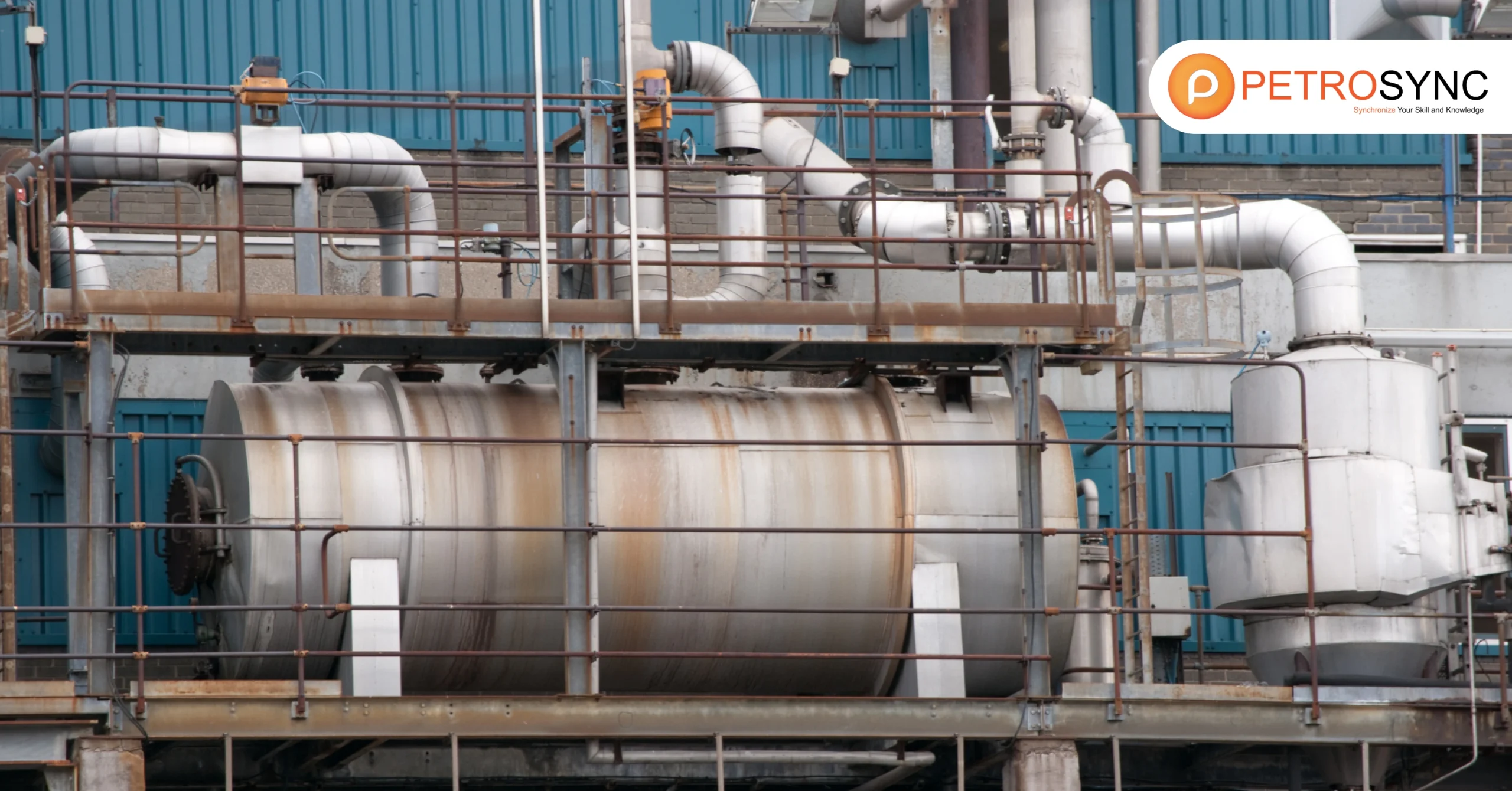ASME B16.5 is crucial for governing the design, manufacture, and installation of pipe flanges and flanged fittings. In this article, we will explore why this standard is important and how it shapes engineering practices in various industries. Through a detailed examination of its specifications and impact, you will gain a deeper understanding of ASME B16.5‘s role in ensuring the integrity of piping systems.
What Does ASME B16.5 Mean?
ASME B16.5, published by the American Society of Mechanical Engineers (ASME), refers to a standard outlining dimensions, tolerances, materials, and testing requirements for pipe flanges and flanged fittings. Specifically, it ensures consistency and compatibility in the design and manufacturing of these components used in piping systems across various industries. Compliance with the standard helps ensure safety, reliability, and interoperability of piping components.
This standard plays a crucial role in maintaining the integrity and functionality of piping systems by providing clear guidelines for the design and fabrication of flanges and fittings. By adhering to the specifications outlined in this standard manufacturers and engineers can ensure that piping components meet quality standards and can safely withstand the demands of various industrial applications.
Additionally, compliance with the standard facilitates consistency and interoperability among different components within a piping system, promoting seamless integration and efficient operation.
What Are ASME B16.5 Scope and Limitation?
Understanding what the standard covers and what its limitations are is important for applying it correctly in piping systems. This subtopic explores what the standard includes and what it does not, providing clarity on its scope and boundaries.
1. Pressure-Temperature Ratings
ASME B16.5 covers pressure-temperature ratings, materials, dimensions, tolerances, marking, testing, and methods of designating openings for pipe flanges and flanged fittings.
2. Flanges
This standard includes flanges with rating class designations 150, 300, 400, 600, 900, and 1500 in sizes NPS 1/2 through NPS 24, and flanges with rating class designation 2500 in sizes NPS 1/2 through NPS 12. Requirements are provided in both metric and U.S. Customary units.
3. Flanged Fittings
ASME B16.5 also covers flanged fittings with rating class designation 150 and 300 in sizes NPS 1/2 through NPS 24, with requirements given in both metric and U.S. Customary units.
4. Additional Inclusions
Flange Bolting, Gaskets, and Joints: the standard also includes requirements and recommendations regarding flange bolting, gaskets, and joints to ensure proper assembly and performance of the piping system.
5. Limitations
This standard is limited to flanges and flanged fittings made from cast or forged materials, as well as blind flanges and certain reducing flanges made from cast, forged, or plate materials.
How Many Updates of ASME B16.5?
There are 5 latest update from ASME B16.5:
1. ASME B16.5 – 2020 Edition, 2020
This edition covers pressure-temperature ratings, materials, dimensions, tolerances, marking, testing, and methods of designating openings for pipe flanges and flanged fittings. It includes specifications for various flange rating class designations and flanged fittings in both metric and U.S. Customary units. The standard is limited to flanges and flanged fittings made from cast or forged materials, as well as blind flanges and certain reducing flanges made from cast, forged, or plate materials.
2. ASME B16.5 – 2017 Edition, November 20, 2017
This edition represents a subsequent update to the standard, likely incorporating revisions and improvements based on industry feedback and advancements in technology and engineering practices.
3. ASME B16.5 – 2013 Edition, April 29, 2013
Another update to the standard, this edition likely introduced further refinements and clarifications to ensure consistency and accuracy in specifying pipe flanges and flanged fittings.
4. ASME B16.5 – 2009 Edition, June 30, 2009
This edition of the standard continued the tradition of periodic updates to incorporate any necessary changes or enhancements in the field of piping systems.
5. ASME B16.5 – 2003 Edition, 2003
This edition represents an earlier version of the standard, indicating that updates and revisions have been ongoing over the years to address evolving industry requirements and practices.
What Is ASME B16.5 Material Grade?
Understanding the materials specified by this standard is essential for maintaining the reliability of flanges and flanged fittings in piping systems.
1. Materials for Flanges and Flanged Fittings
- Flanges and flanged fittings must be made from materials listed in Table 1A of the standard.
- Plate and flat bar materials are limited to use only for blind flanges and reducing flanges without hubs.
- The components must be manufactured as one piece according to the applicable material specification. Welding or assembling multiple pieces into the final product is not allowed by this standard.
2. Manufacturing Process
- Forged flanges must undergo a compressive plastic hot-working operation to bring them as close as possible to the finished shape and size.
- This process consolidates the material to create a wrought structure and ensures metal flow in the direction most suitable for resisting stress during service.
3. Recommended Bolting Materials
- Table 1B provides a list of recommended bolting materials for flanges and flanged fittings.
4. Material Compatibility
- Materials listed in Section II of the ASME Boiler and Pressure Vessel Code can be used if they meet the same or more stringent requirements as the ASTM specification for the grade, class, or type of material specified by ASME B16.5.
What Are Some FAQs Related To ASME B16.5?
1. Is ASME B16.5 Same as ANSI?
Yes, the standard is often referred to as ANSI B16.5. The American National Standards Institute (ANSI) accredits the American Society of Mechanical Engineers (ASME). ANSI B16.5 and ASME B16.47 are both standards governing pipe flanges and flanged fittings.
However, despite being developed by different organizations, both standards are essentially the same and share the same sizing criteria. ANSI has formally recognized this standard as a national standard, and the 1988 edition is known as ASME/ANSI B16.5.
2. What Is The Difference between ASME B16.1 and B16.5?
The main difference between ASME B16.1 and B16.5 lies in the types of components they cover. ANSI/ASME B16.1 Class 125 flanges are made from cast iron, whereas ANSI/ASME B16.5 Class 150 flanges can be made from steel or stainless steel.
On one hand, ASME B16.1 specifically deals with cast iron pipe flanges and flanged fittings, providing specifications for dimensions, tolerances, and materials. On the other hand, B16.5 focuses on a wider range of pipe flanges and flanged fittings, including those made from materials other than cast iron.
While both standards relate to flanges and fittings, ASME B16.5 is broader in scope, covering a variety of materials and types of flanges, whereas B16.1 is more specific to cast iron components.
In conclusion, ASME B16.5 serves as a vital standard for piping designers, engineers, and inspectors in ensuring the integrity and functionality of pipe flanges and flanged fittings within piping systems.
By adhering to the specifications outlined in this standard, professionals can guarantee the safe and efficient operation of industrial facilities. Piping designers rely on ASME B16.5 to select appropriate materials, dimensions, and tolerances for flanges and fittings, while engineers utilize it to ensure compliance with pressure-temperature ratings and testing requirements. Inspectors rely on ASME B16.5 to verify the quality and conformity of installed components, ultimately contributing to the overall reliability and safety of piping systems.
Moreover, for professionals seeking a deeper understanding of ASME B16.5 and its application within the context of piping systems, API 570 training by PetroSync offers a comprehensive solution. This training program covers ASME B16.5 in detail on the second day of the 5-day course, providing you with a thorough understanding of its requirements and implications.
API 570 is a more comprehensive and detailed course that delves into various aspects of piping inspection, maintenance, and integrity management. By enrolling in API 570 training by PetroSync, you can enhance your knowledge and skills in implementing this standard effectively, thus ensuring the continued reliability and safety of piping systems in your respective industries.
Credit: Vecteezy

SEO specialist by day, fact-checker by night. An avid reader and content writer dedicated to delivering accurate and engaging articles through research and credible sources.






